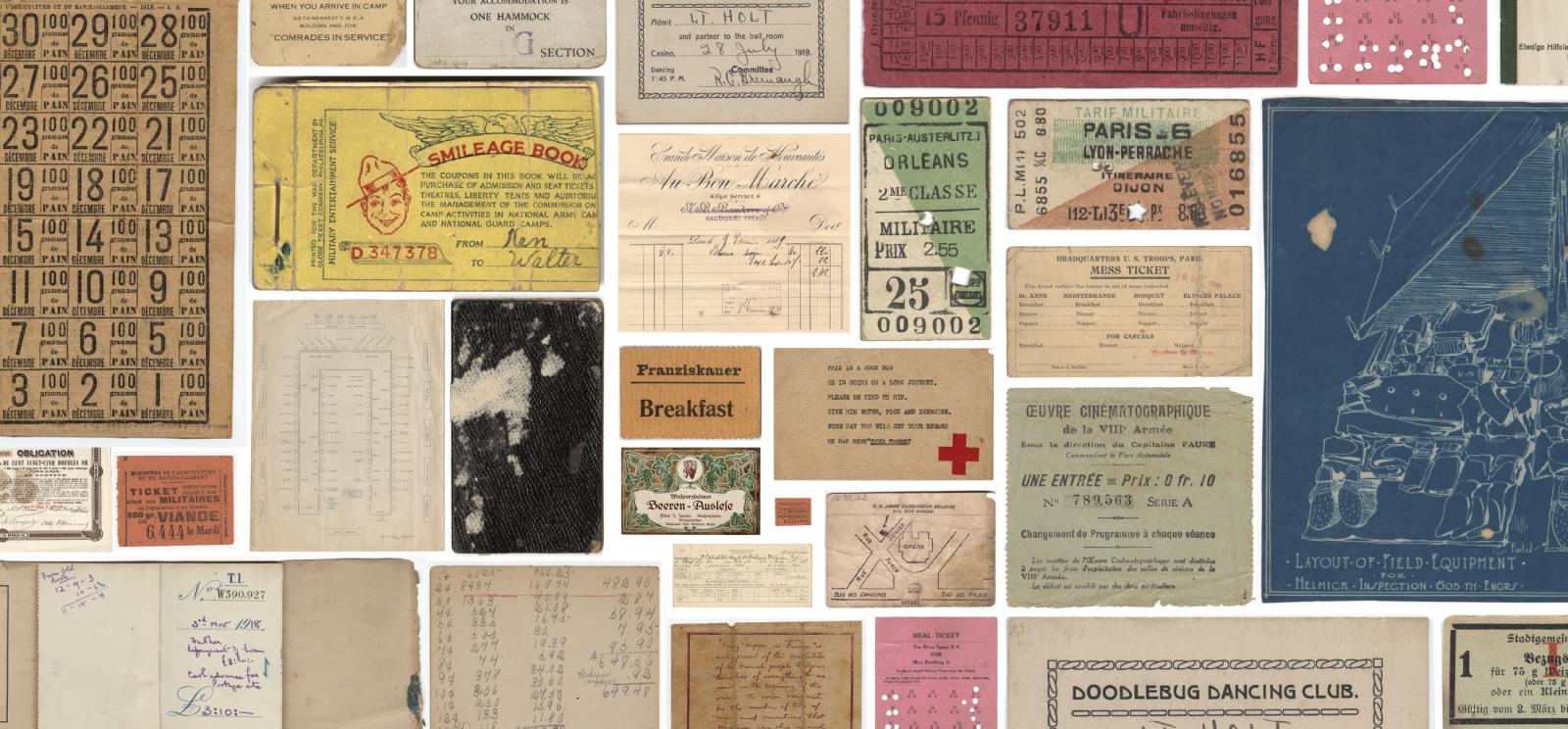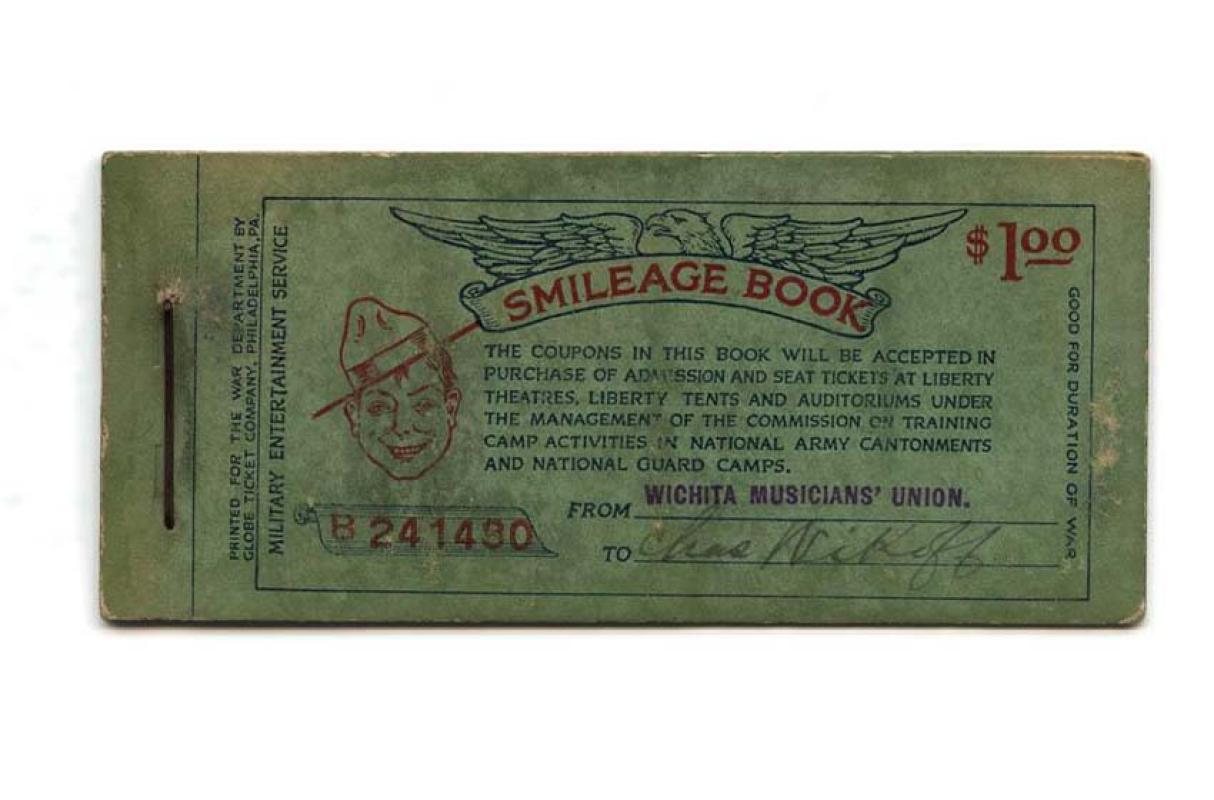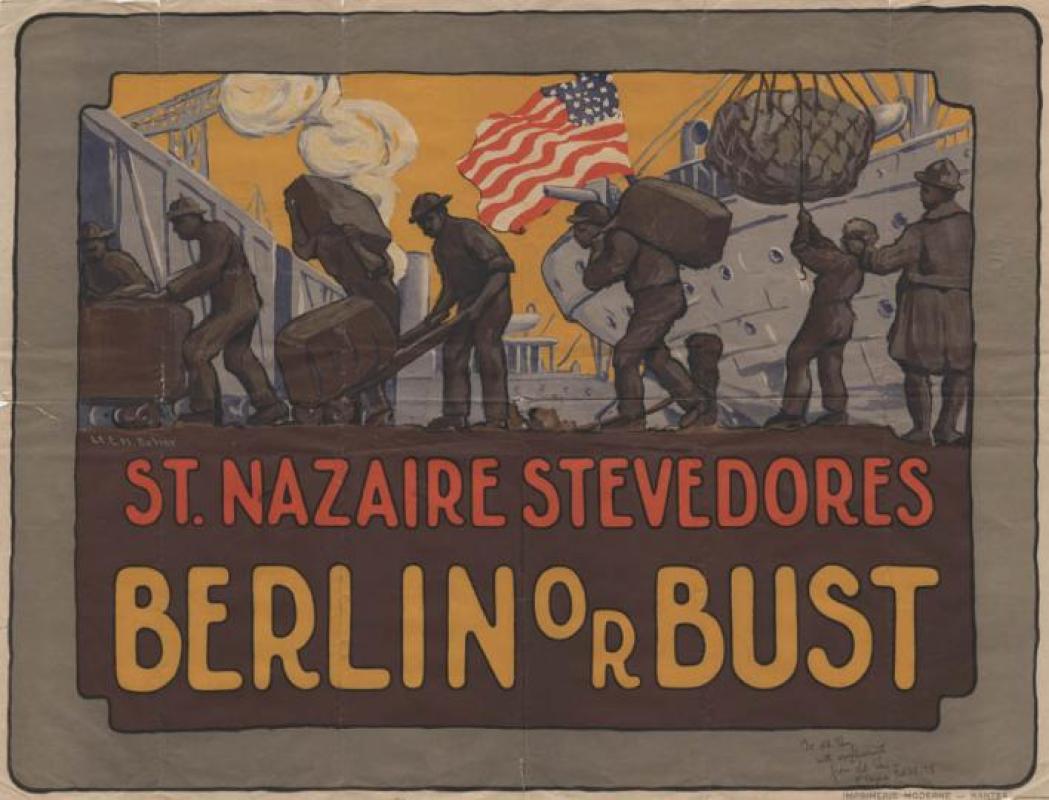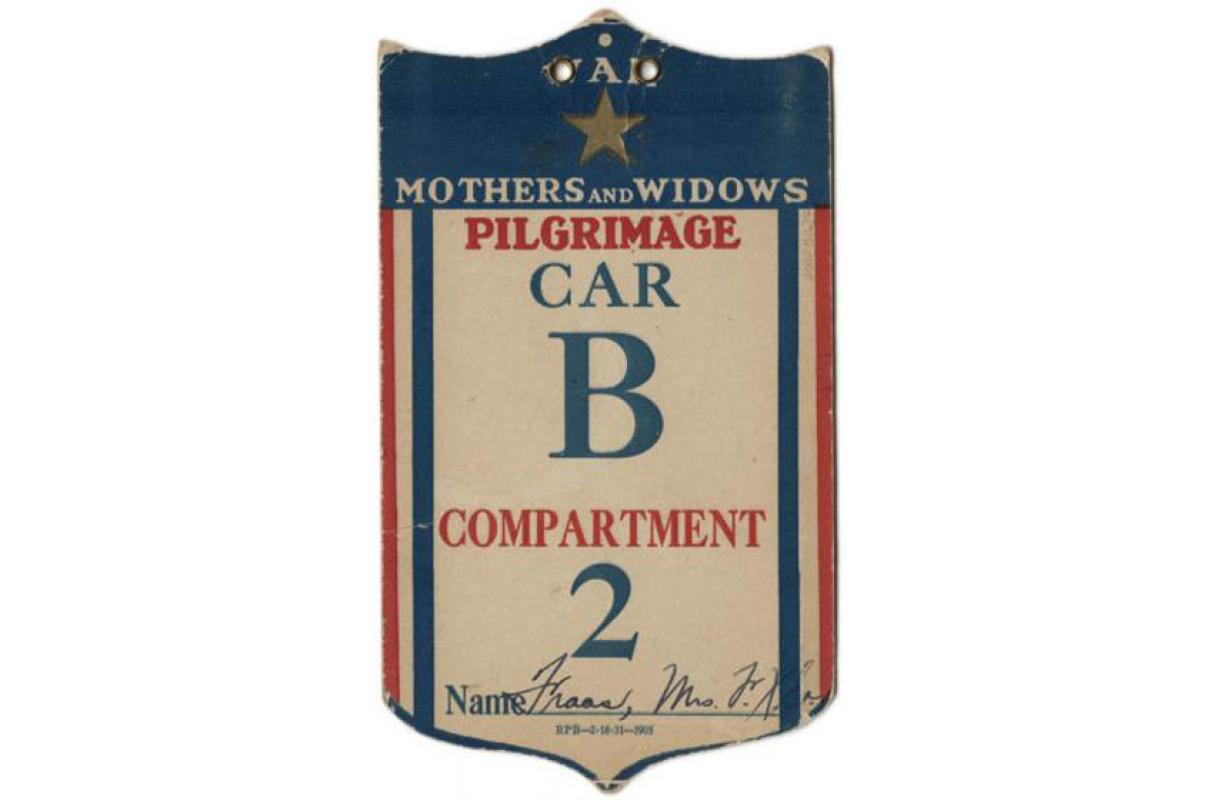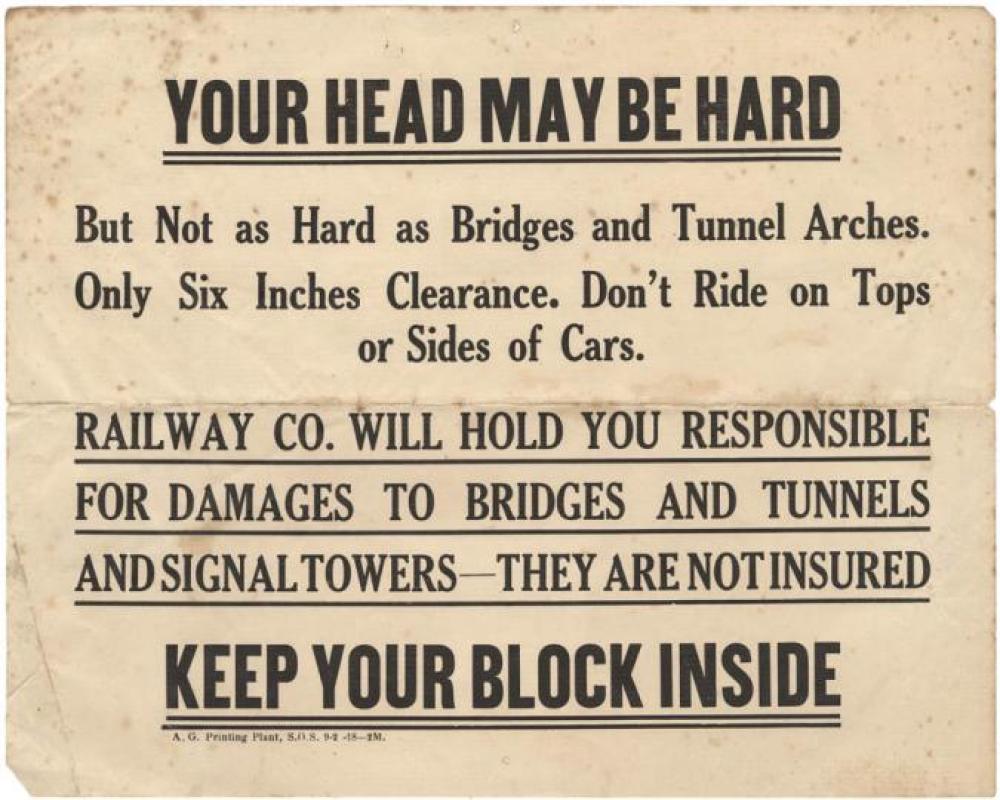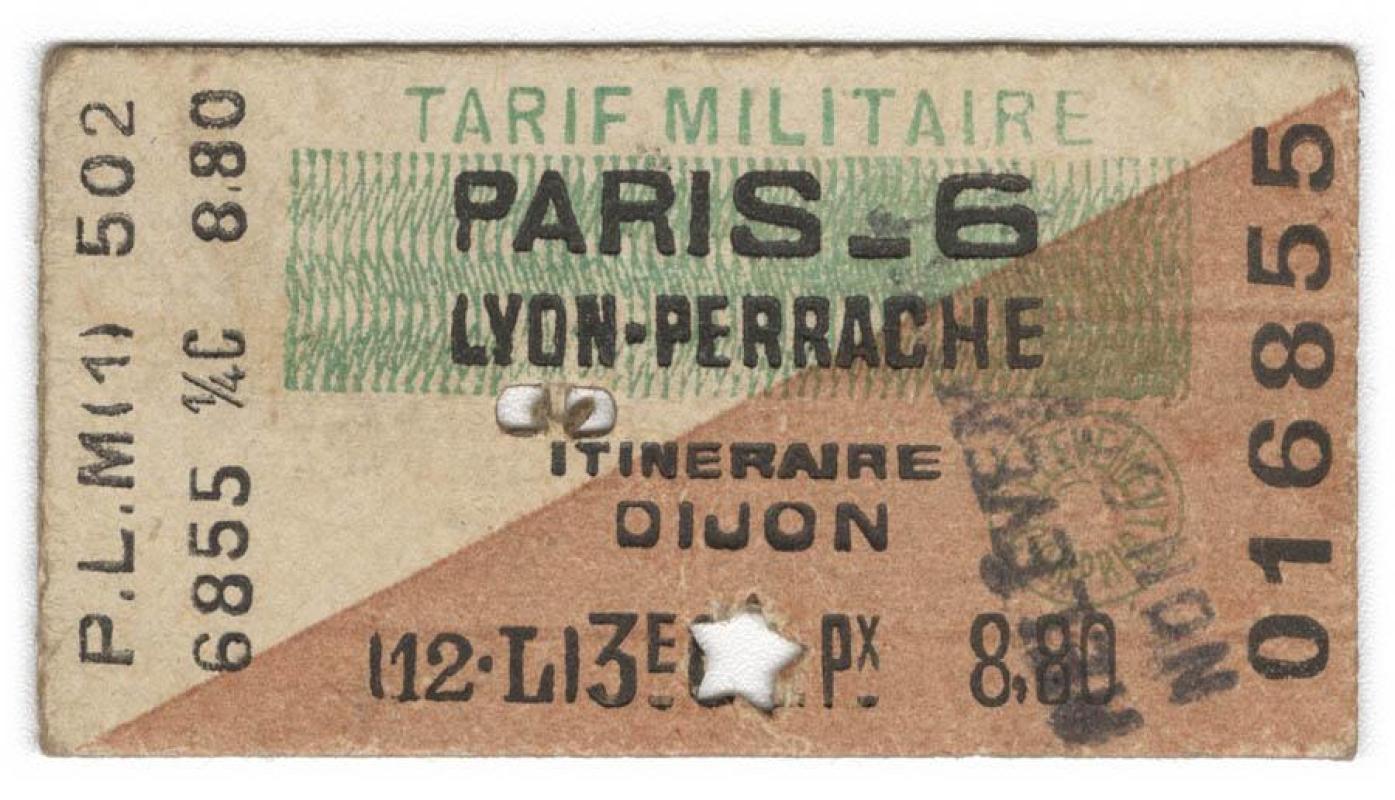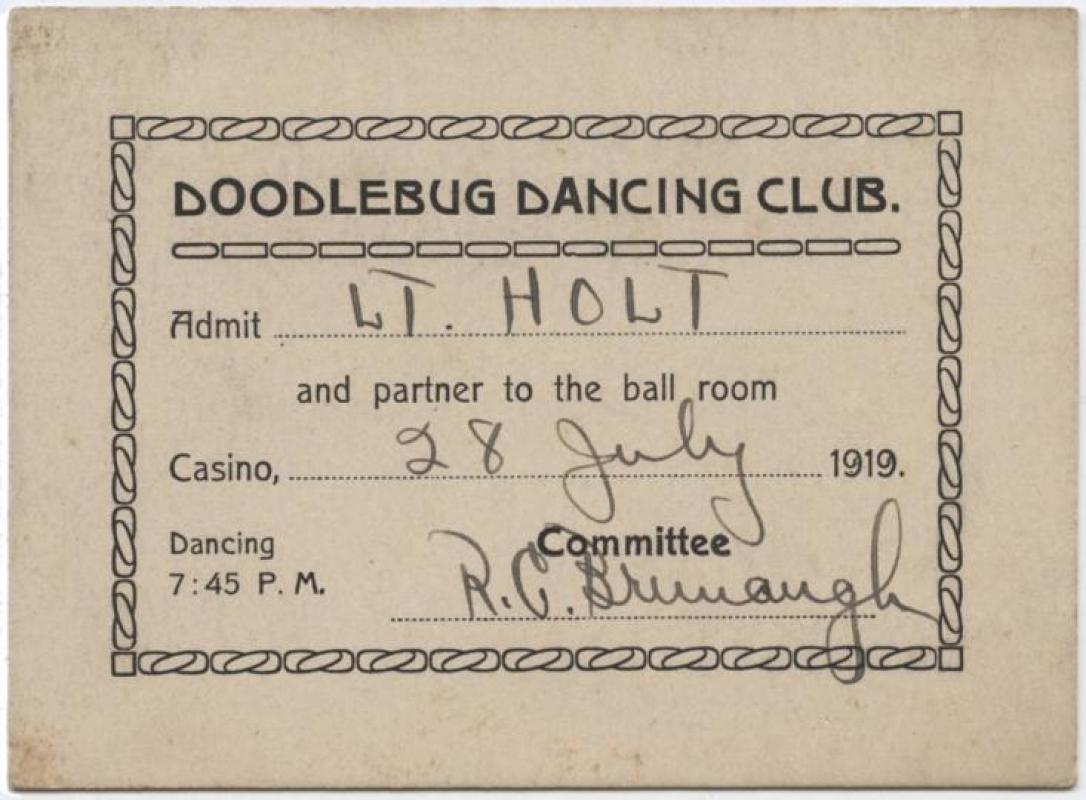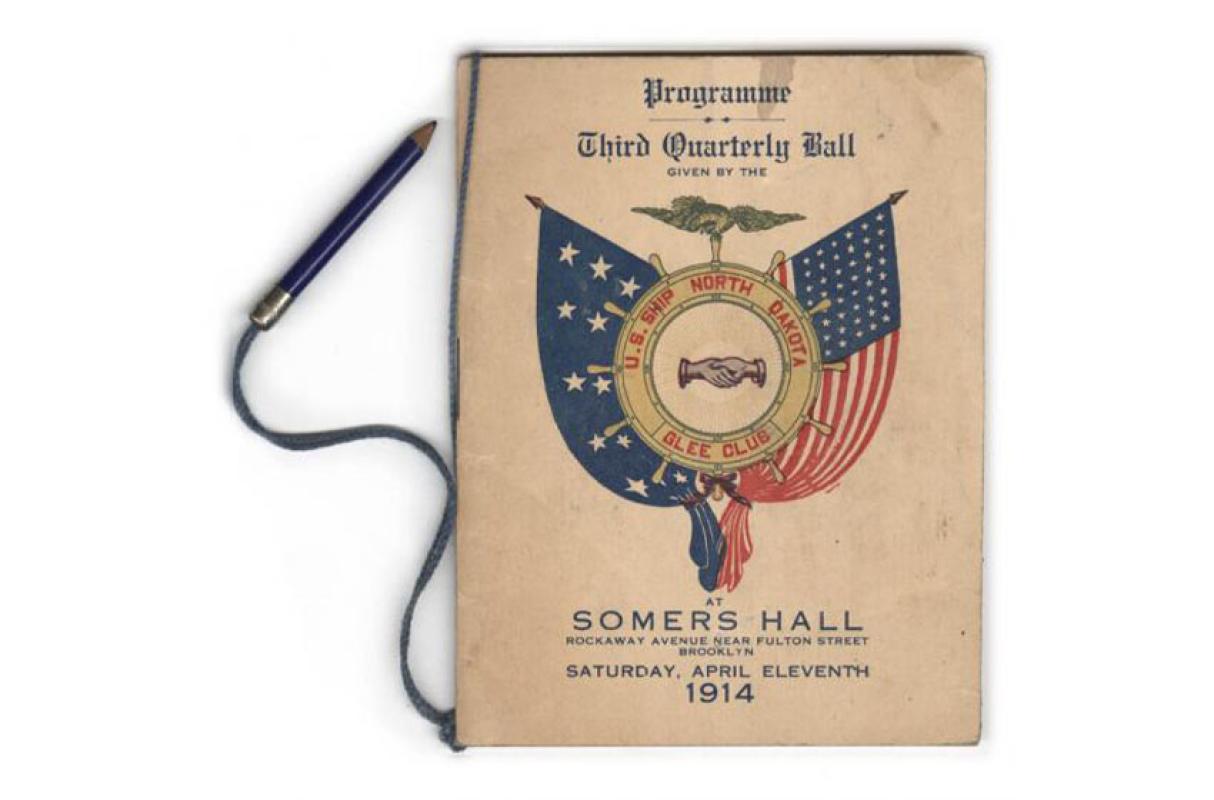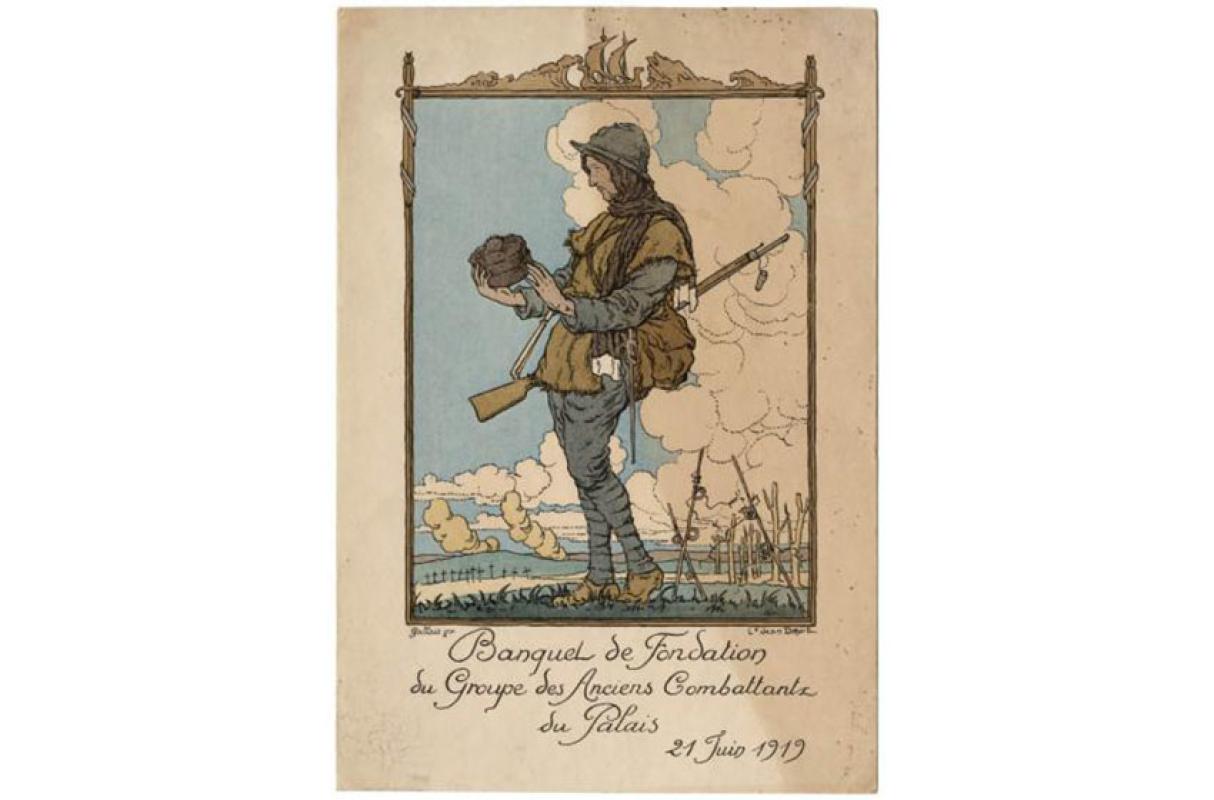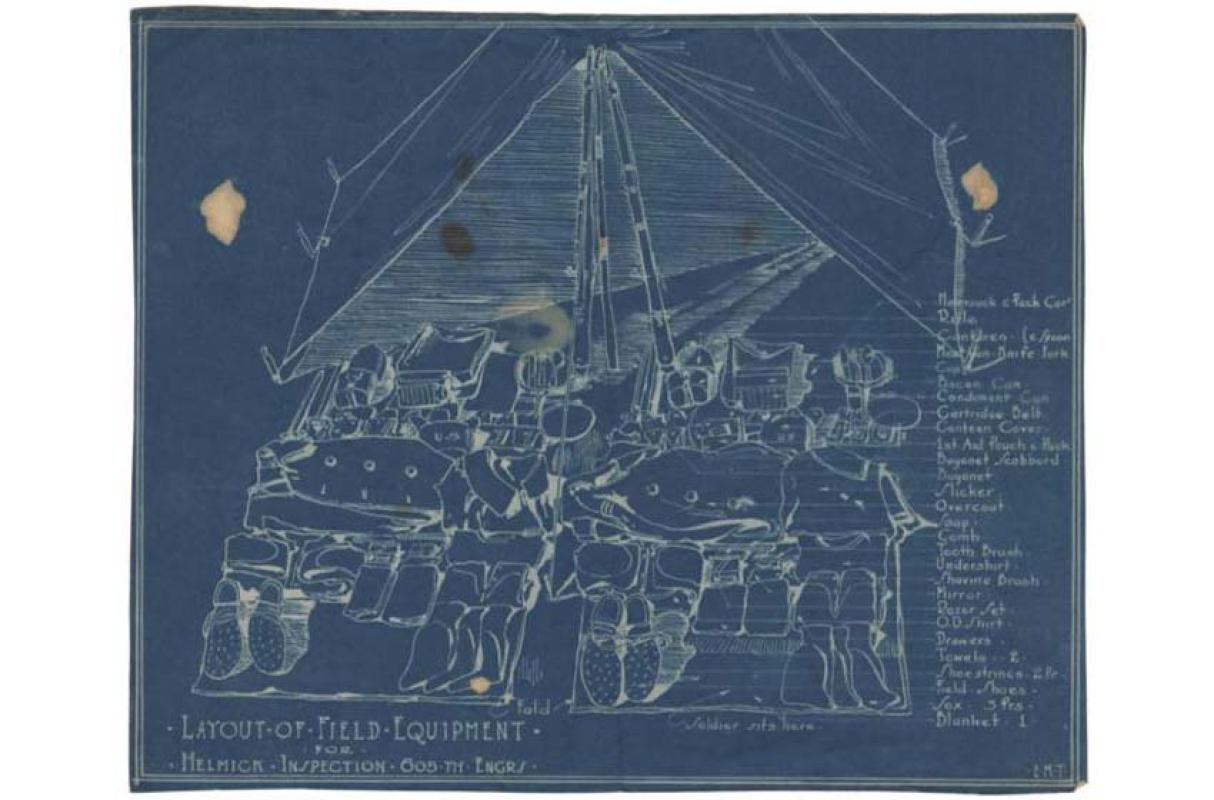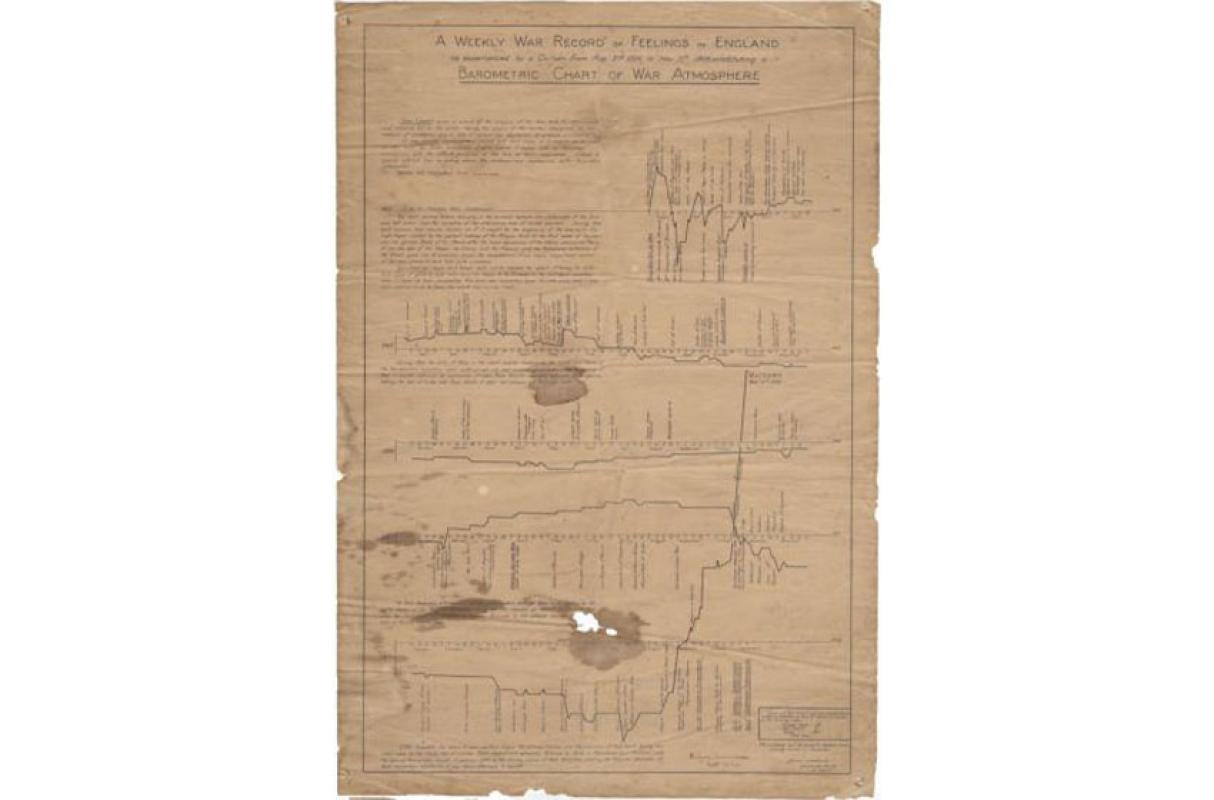
Why Keep That?
Collecting, cataloguing, conserving. The heart of a museum is its collection, but how do Museums make decisions and who gets to answer the question, “Why Keep That?”
Why Keep That?, the latest special exhibition at the National WWI Museum and Memorial, follows the journey of a collection item from the moment it is donated to the Museum, to the decision-making and archival process of our collections staff. To help illustrate, archival staff track the processing and digitization of a collection of 16 objects and share behind-the-scenes information about obtaining the artifacts, processing the items and storing and protecting them. Largely featuring ephemera – objects usually meant to be thrown away, like ticket stubs, advertisements and written scraps – there is a wry sense of irony in objects meant to be short-lived that have lasted 100 years and are now preserved in a museum.
These objects provide a wealth of historical information. Some were only used for their intended purpose and forgotten; others kept as souvenirs. But what they all have in common is the ability to tell the stories of the individuals who acquired them. The objects provide insight into those serving in wartime and context for a historical period shaped by a world in conflict, interpreting a catastrophic global event through human interaction.
Highlights of the exhibition include a Barometer of Feelings – a chart which provides a weekly timeline of the war through one woman’s emotional reactions – as well as dance cards, receipts, tickets, coupons and posters, sometimes accompanied by a letter that provides personal context and value to the item.
Why Keep That? is on view in the Ellis Gallery on the Research Center Level of the Museum and Memorial. Admission to Ellis Gallery is free.
